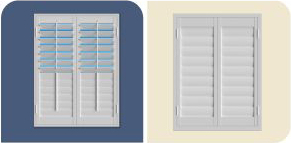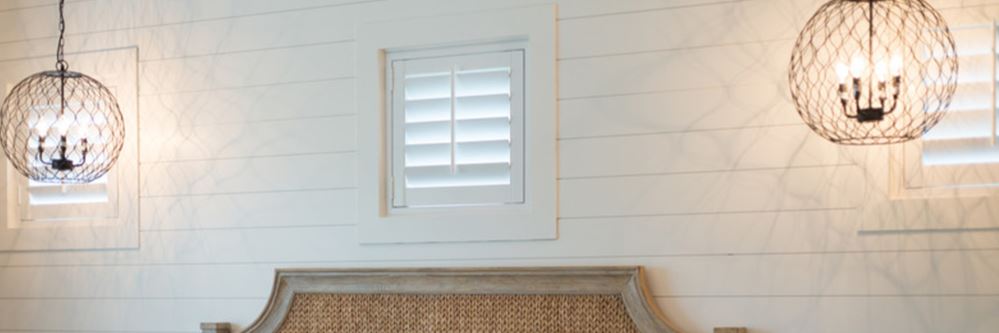
What's The Best Window Treatment For Casement Windows In New York?
Many families prefer casement windows due to their classic European style and ability to open completely for impressive airflow. These windows are known for being hinged on a single side and move in or out when they are opened and closed. They are also usually not as large as a standard window. They are practical and beautiful, but it’s often challenging to determine the right window treatment for a casement window in New York.
The encouraging news is this: there are possibilities that will work well for your home. By choosing an interior shutter or window shade, you can preserve the uniqueness of your casement window and still enjoy privacy and control over exterior light.
What To Consider When Choosing Casement Window Treatments In New York
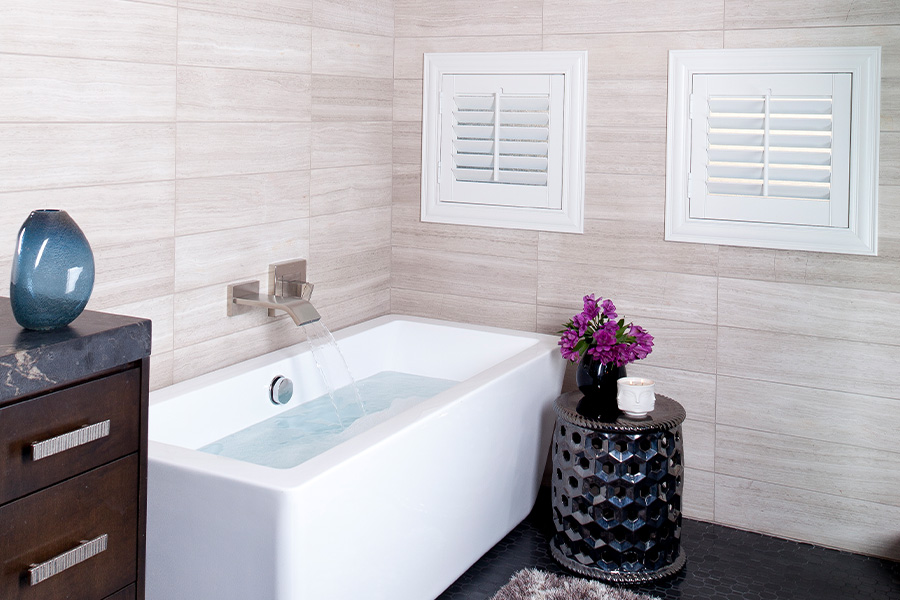
You don’t want to limit the functionality or appeal of your windows by picking an improper product. To end up with the most suitable casement window treatments, keep the following in mind:
- Window operation: How are your windows adjusted? Do they use a lever, handle, or crank? The ideal window treatment will provide free access to this device and allow the window to open and shut effortlessly.
- Depth of the window: Not every casement is the same, and you’ll have different depths between the window pane and the wall. Various kinds of window treatments may not work for this unique application.
- Coverage and light management: You seek complete window coverage but should also benefit from the full sunshine and airflow that casement windows offer. Select something flexible that opens easily but won’t sway in the wind while still achieving your preferred level of brightness control.
Preferred Window Treatments For Casement Windows
Due to the fact that casement windows tend to vary widely with different opening mechanisms, hinge positions, and window depths, it’s usually most beneficial to get an in-home consultation for made-to-order window treatments to decide on your ideal solution. Taking that into account, there are some preferred window treatments for casement windows in New York. Here are a couple of fantastic possibilities.
Plantation Shutters For Casement Windows
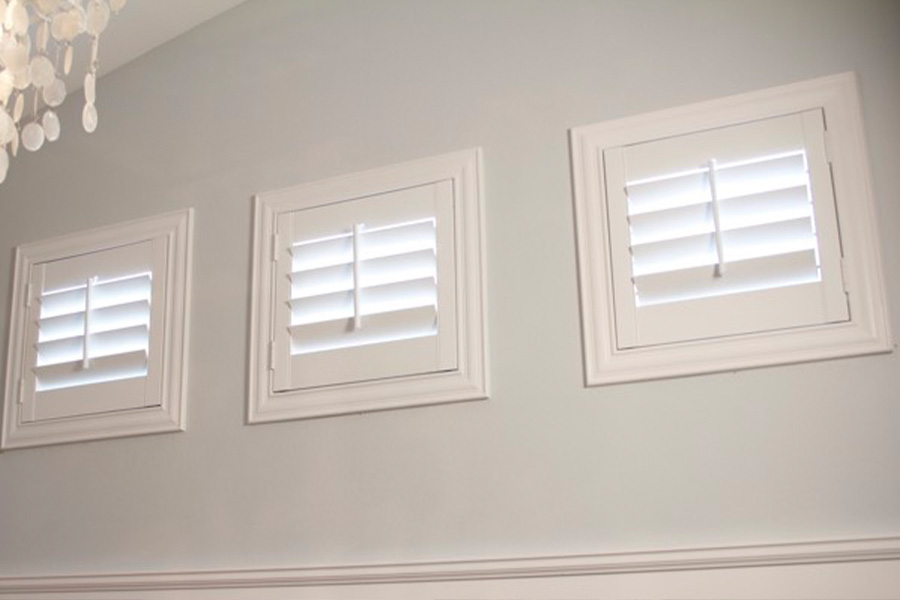
You frankly can’t find a better solution than plantation shutters for casement windows in New York. They are great choices whether your window is hinged at the bottom, top, or side. Plantation shutters can even be customized to suit any operating device.
Installation is also flexible since you are able to put them within your window jamb or directly on the frame. Since louvered shutters are robust, permanent installations, you will never need to stress about suspended fabric swaying in the wind or smacking against the frame or window. And you are able to select from white Polywood® or wood shutters that are painted or stained to harmonize with your home’s design.
Plantation shutters also provide an unparalleled mix of privacy and light control. Do you want to have natural air flowing but with lower levels of light? You got it! Simply open your casement window, keep the panels of the plantation shutter secured, and then turn the louvers to bring in a breeze and your sought-after amount of light. You’ll only achieve this type of control with plantation shutters for casement windows.
Shield Your Casement Windows With Cellular Shades
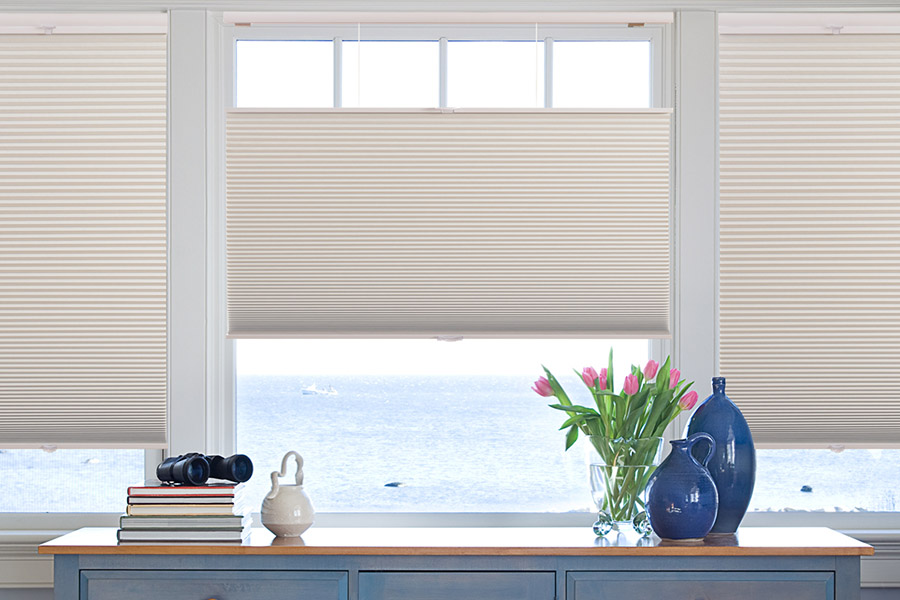
Cellular shades are another excellent window treatment choice for casement windows. They are available in a wide assortment of colors and styles, making it a cinch to discover one that matches the decor of any space. A cellular shade also remains in place wherever you put the lift bar, avoiding the irritation of your window treatment obstructing the opening device.
Cellular shades are also energy efficient. The honeycomb-shaped cavities of the shade enclose air, reducing heat loss and providing insulation to your casement window. This helps regulate the temperature in the room, keeping it consistent all year long and lessening utility bills.
Find Window Treatments For Casement Windows In New York
Find the right window treatment for your casement windows by turning to the experts at Sunburst Shutters New York. We customize plantation shutters, shades, blinds and other products for you to pick from. Call 631-246-3930 to request your no-charge, in-home consultation, and we’ll bring samples of our window treatments straight to you.


